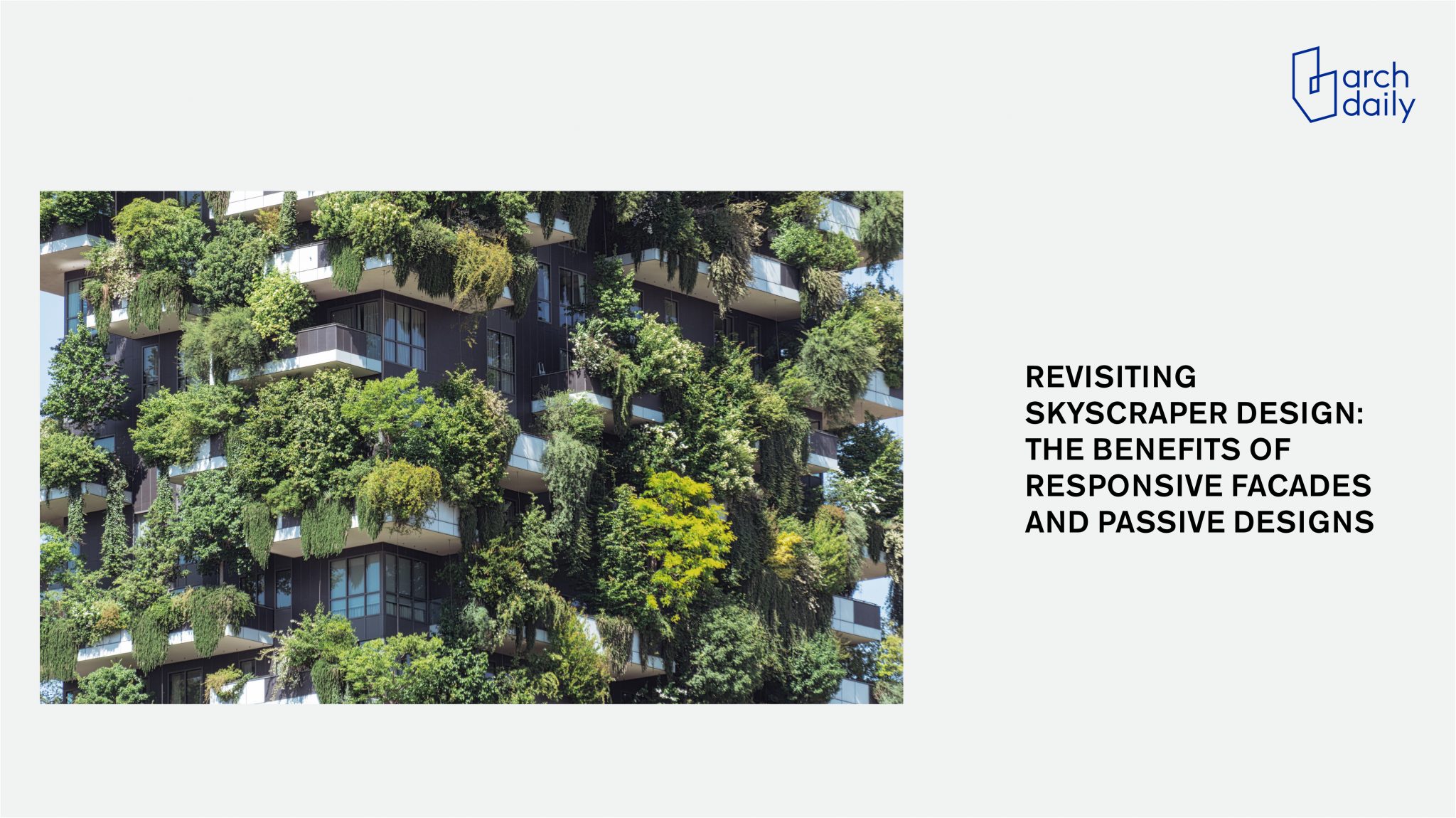
ArchDaily, the international architecture website, has published an article by Jonathan Yeung titled Revisiting Skyscraper Design: The Benefits of Responsive Facades and Passive Designs, featuring Milan’s Bosco Verticale by Boeri Studio from 2014, as an exemplary project
The article examines various international skyscrapers—from the United States to France, Abu Dhabi to Australia—highlighting architectural solutions designed to reduce energy consumption and create responsive facades.
“The allure of all-glass facades and the pursuit of curtain walls with large expanses of continuous glass have often come at the cost of functionality. In these towers, operable windows are sacrificed for aesthetics and expansive views, with a central core layout that maximizes 360-degree views while creating architectural ‘solar heat-gain monsters.’ Without natural or cross-ventilation, these glass skyscrapers trap significant heat within habitable spaces, relying almost exclusively on mechanical HVAC systems to cool them.”
In the section dedicated to green facades as a solution to this issue, Bosco Verticale is highlighted, with facades that house 800 trees, 15,000 perennials and/or ground covers, and 5,000 shrubs in total. The benefits of integrating living nature help reduce energy consumption in the summer by cooling the facades and interiors, creating a more livable microclimate for residents.
To read the full article: https://www.archdaily.com/1022847/revisiting-skyscraper-design-the-benefits-of-responsive-facades-and-passive-designs
